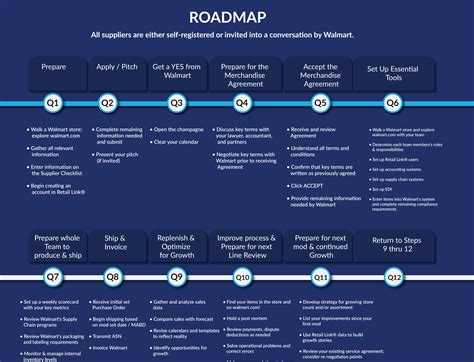Property Power: Understanding Token Not Too (NFT)
In a world that develops digital property rapidly, one concept has attracted significant attention in recent years: tokens that are not bothering (NFT). These unique digital assets have revolutionized the way we consider ownership and values in the digital age. In this article, we will explore what NFTs are, how they work and why they change the game when it comes to possession of digital content.
What is NFT?
A token that does not bother (NFT) is a unique digital means that represents ownership of a particular subject or art piece. Unlike cryptic currencies such as bitcoin, which are replaceable and can be replaced for other property, NFTs are different and cannot be replaced for identical items. This makes them the ultimate representation of ownership in the digital empire.
How does NFT work?
In order to create NFT, the creator (whether it is an artist, musician or collector), he must first produce a unique part of the content that can be stored on the blockchain network. Blockchain is a decentralized, public book that records transactions and data on multiple knots. By connecting content with their digital identity, the creators can prove ownership and authenticity.
When you buy NFT, you not only buy digital assets; You also acquire a unique digital token that represents your claim in that artwork. This token is stored in blockchain, ensuring its legitimacy and scarcity.
Proposition of the NFTS value

NFTS offers several advantages over traditional ownership models:
- Unique property : Each NFT is different, which prevents replicas or exchange for identical items.
- Parentness : Rare NFT -a ensures that the creator can only sell them to those who already have the subject.
- Digital Division : NFTs provide a transparent and unauthorized record of ownership and history.
- Decentralized Management : Blockchain technology allows you to make a community -oriented decision, allowing the creators to socialize with their audience in new ways.
Rise NFT market
As the NFT market is still growing, innovative platforms have emerged to facilitate the purchase, sale and trade of this unique digital property. Some notable examples include:
- OpenSea : One of the largest NFT markets on Blockchain.
- Rarible
: a community-guided platform to create, buy and sell NFTS.
- Superrare : A digital art market that allows artists to show their work through unique NFTS.
Impact NFTS
NFTs have already disrupted various industries, from art and music to playing and collectors:
- Digital art : artists can now sell their works as unique NFTs, increasing their revenue flows.
- Playing : NFTS enables new forms of ownership and trading in the game, an expanding gaming ecosystem.
- Collecting : The rise of NFT Marketplaces democratized collecting, allowing anyone to buy and own rare items.
Conclusion
Tokens that do not bother (NFT) are a revolutionary shift owned by digital assets, offering incomparable uniqueness, scarcity and decentralization. As the world is becoming more digital, NFTs are ready to change the game for creators, collectors and enthusiasts. With their unique value proposal, innovative markets and the growing community of users, NFTs are set to remain at the forefront of this rapid developing landscape.
Key returns:
- What is NFT?
- How does NFT work?
- Proposation of NFTS Value
- Rise of NFT markets
- Impact on different industries (digital art, playing, collecting)
Recommendation:
If you are interested in more about NFTS and the digital property market, consider exploring internet resources, such as:
- Articles from reputable sources such as Coindesk, Decrypt or The Verge.
